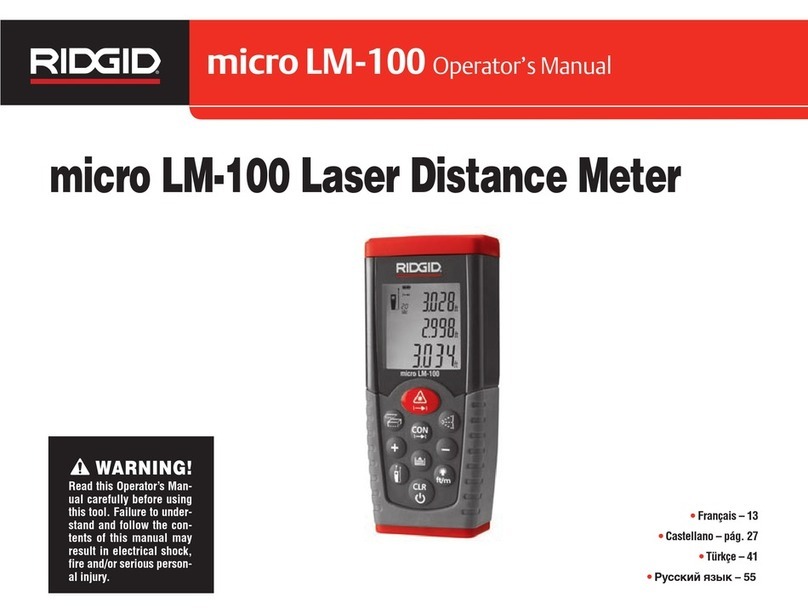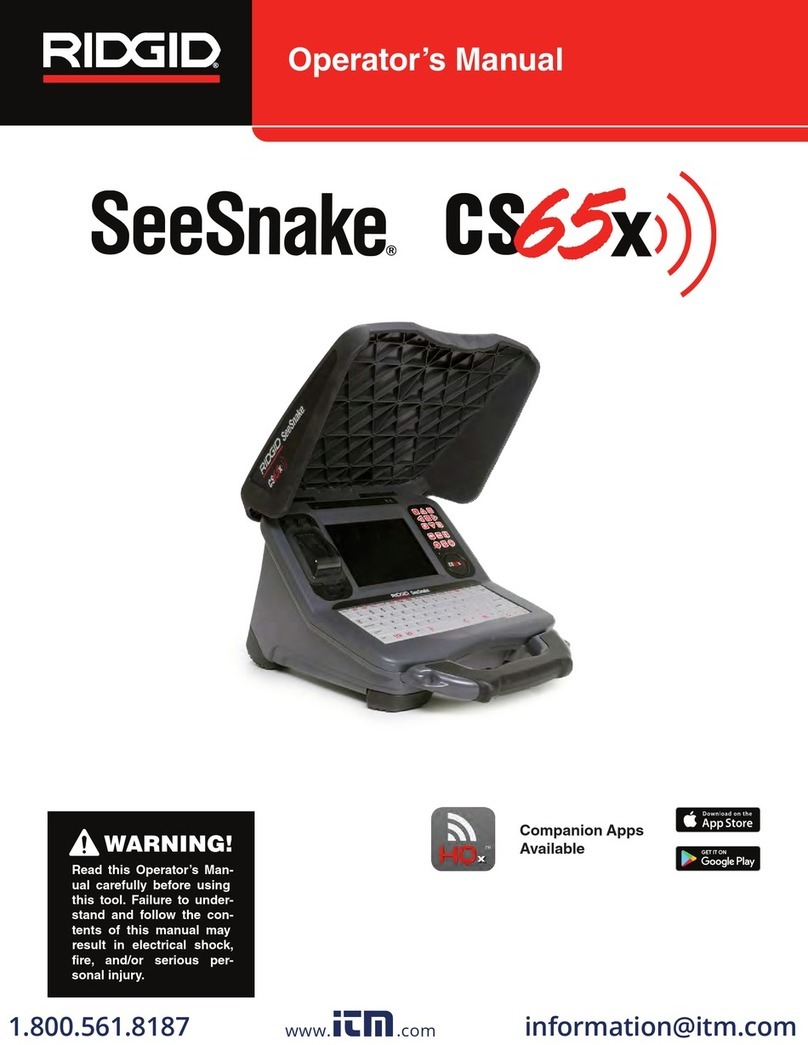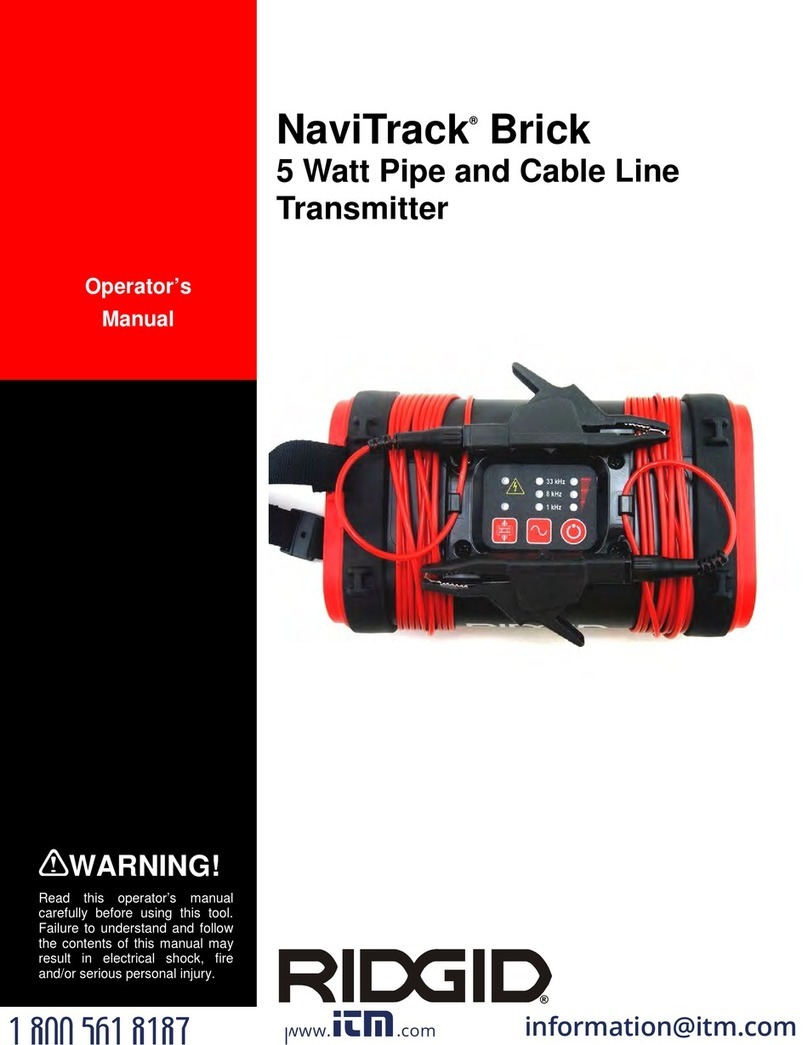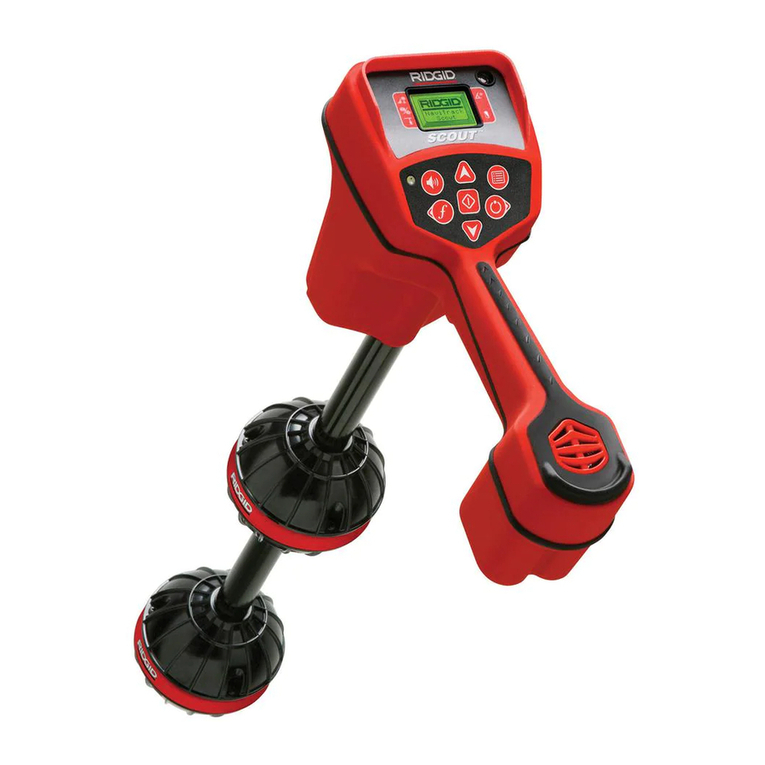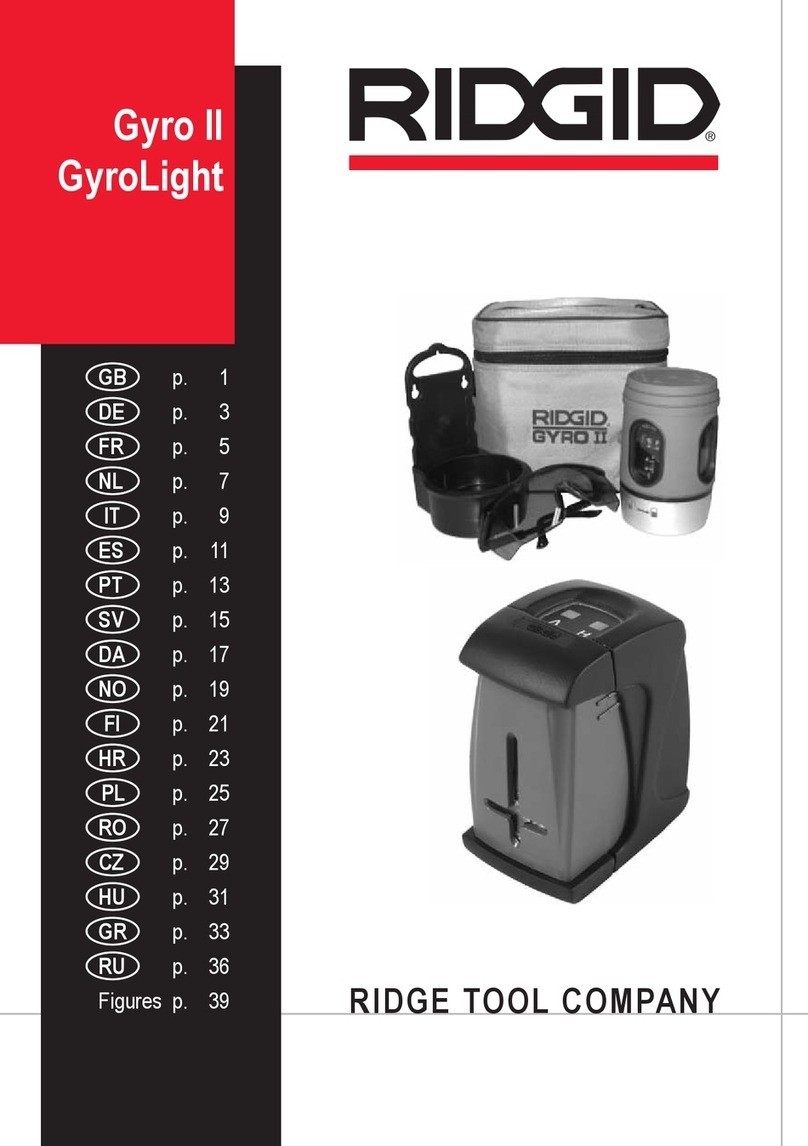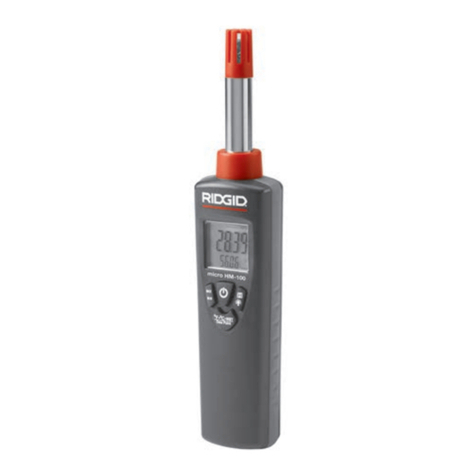
micro CM-100 Digital Clamp Meter
ii
Table of Contents
Recording Form for Machine Serial Number .........................................................1
Safety Symbols .........................................................................................................2
General Safety Rules
Work Area Safety....................................................................................................2
Electrical Safety ......................................................................................................2
Personal Safety.......................................................................................................2
Equipment Use and Care........................................................................................3
Service ....................................................................................................................3
Specific Safety Information
Digital Clamp Meter Safety .....................................................................................3
Description, Specifications and Standard Equipment
Description ..............................................................................................................4
Specifications..........................................................................................................4
Standard Equipment ...............................................................................................6
Controls...................................................................................................................7
Icons .......................................................................................................................7
FCC Statement ..........................................................................................................8
Electromagnetic Compatibility (EMC).....................................................................8
Changing/Installing Batteries ..................................................................................8
Pre-Operation Inspection.........................................................................................9
Set-Up and Operation
Rotary Function Switch.........................................................................................10
Input Terminals......................................................................................................11
Pushbuttons ..........................................................................................................11
DC/AC Voltage Measurement ...............................................................................12
DC/AC Current Measurement...............................................................................12
Resistance Measurement .....................................................................................12
Diode Test .............................................................................................................13
Continuity Check...................................................................................................13
Capacitance Measurement...................................................................................13
Frequency Measurement ......................................................................................14
Temperature Measurement...................................................................................14
Maintenance Instructions
Cleaning................................................................................................................15
Calibration.............................................................................................................15
Accessories.............................................................................................................15
Storage ....................................................................................................................15
Service and Repair .................................................................................................15
Disposal...................................................................................................................16
Battery Disposal .....................................................................................................16
Troubleshooting......................................................................................................16
Lifetime Warranty .....................................................................................Back Cover
Original instructions


